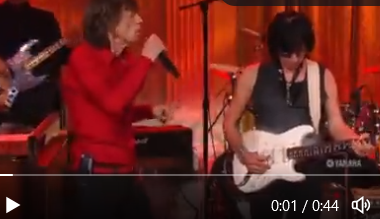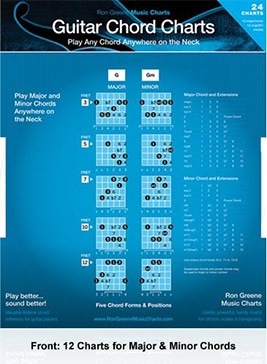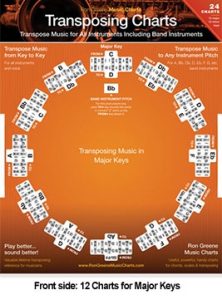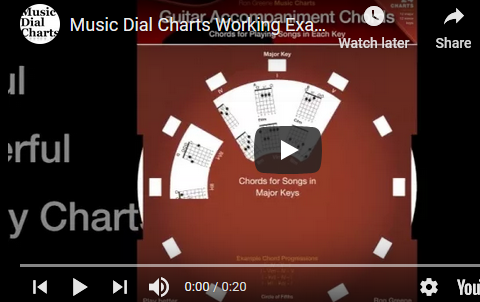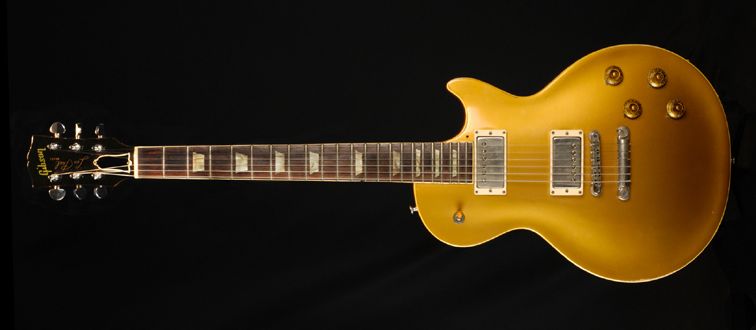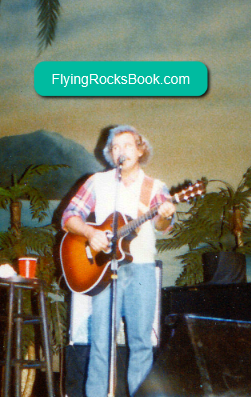 Jimmy Buffett, was a renowned songwriter and singer best known for his laid-back island-inspired music. Born on December 25, 1946, in Pascagoula, Mississippi, Buffett had a passion for music from a young age. He began his musical journey by learning to play the guitar and ultimately formed his first band, The Upstairs Alliance, during his high school years.
Jimmy Buffett, was a renowned songwriter and singer best known for his laid-back island-inspired music. Born on December 25, 1946, in Pascagoula, Mississippi, Buffett had a passion for music from a young age. He began his musical journey by learning to play the guitar and ultimately formed his first band, The Upstairs Alliance, during his high school years.
Sadly, Jimmy Buffett passed away on September 1, 2023, leaving behind a rich musical legacy that continues to be celebrated by fans and fellow musicians alike.
Throughout his career, Buffett, along with his supporting band called, The Coral Reefers, has been known for his laid-back and carefree lifestyle, often referred to as “Margaritaville.” His music often revolves around themes of escapism, beach culture, and living life to the fullest. Some of his most popular songs include “Margaritaville,” “Cheeseburger in Paradise,” and “Changes in Latitudes, Changes in Attitudes.”
In addition to his musical pursuits, Buffett has also delved into various other ventures, including writing books, opening restaurants, and launching his own brand of tequila. He was also an ardent environmentalist and philanthropist, actively supporting causes related to marine conservation and disaster relief efforts. An avid sailor, he additionally held numerous aviation flight certifications.
Jimmy Buffett’s musical journey is a testament to his ability to capture the essence of an island lifestyle through his music. With his distinctive blend of country, folk, and tropical rock, he has created a unique and enduring legacy in the music industry. Whether it’s the laid-back vibes of “Margaritaville” or the infectious energy of his live performances.
Jimmy admitted to not being a great singer or guitar player, but as an entertainer who resonated with fans worldwide while transporting them to their carefree paradise.
Sail On, Jimmy!
Music Dials

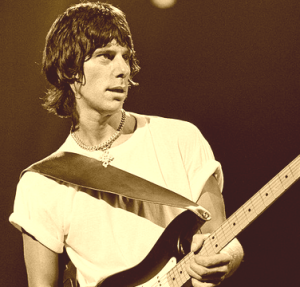 In my humble opinion, one of the best post-60s onward rock guitar players of all time passed away.
In my humble opinion, one of the best post-60s onward rock guitar players of all time passed away.